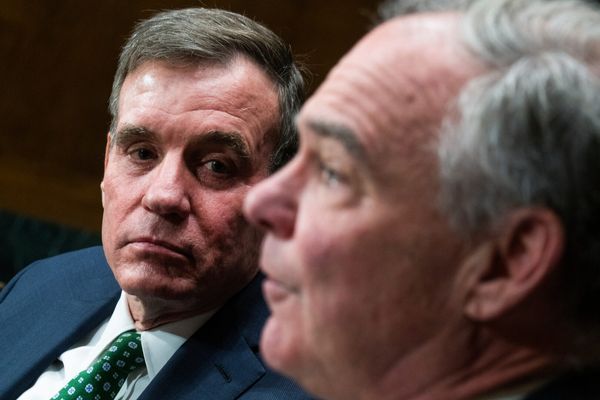
What Was the Bretton Woods System?
Bretton Woods was an international monetary system that emerged after the end of World War II. To deal with a postwar global economy, a fixed exchange rate regime was established in which the U.S. dollar was pegged to the price of gold.
A Brief History of Bretton Woods
As Allied forces viewed that the war was coming to an end, representatives from the U.S. and 43 other nations gathered at a hotel in Bretton Woods, New Hampshire in July 1944 to create an international monetary system that would provide stability to the world’s economy in the war’s aftermath. The meeting was formally known as the United Nations Monetary and Financial Conference.
Since 1941, the U.S. and the U.K. had been drafting a plan that would further economic cooperation and to promote trade between nations, learning from their experiences during the Great Depression, during which some nations had implemented high tariffs and certain currencies had devalued.
Agreements set at Bretton Woods cleared the way for the establishment of organizations that would pave the path for global financial and economic cooperation. The International Monetary Fund (IMF) and the International Bank for Reconstruction and Development (IBRD)—which later became the World Bank—were established in 1945, and shortly after went into operations for postwar activities. The General Agreement on Tariffs and Trade (GATT), which later paved the way for the creation of the World Trade Organization (WTO), was created in 1947 to reduce tariffs and trade barriers.
The IMF helped to supervise the fixed exchange rate regime and to shore up countries’ reserves if they faced deficits.
How Did the Bretton Woods System Change the World?
One of the meeting’s initiatives was to set fixed exchange rates as a way to avoid disparities and disruptions to global trade. The U.S. dollar was pegged to gold—convertible at $35 an ounce—and other nations had fixed, but adjustable, exchange rates to the dollar.
This reinstated what is known as the gold standard, in which a currency is backed by and can be converted into gold. The gold standard had been halted as the Great Depression set in.
The system brought on a new global economic order, with Western nations leading the way and the U.S. dollar becoming the world’s reserve currency. In the early 60s, U.S. inflation and unemployment rates were below postwar levels.
The global economy adapted to this new monetary system, but the system constrained a country’s ability to expand monetary policies, including increasing the money supply, which could lead to further growth in its economy.
How Did the Bretton Woods System End?
The idea behind Bretton Woods was to promote economic prosperity worldwide, and while the global economy did stabilize into the early 1960s, the system started to unravel in the late 1960s as inflation started to creep up in the U.S., partly due to the rising costs of social welfare programs and the war in Vietnam. The U.S. government started slipping into fiscal and trade deficits, and that led to the view that the value of the dollar was worth less than its fixed rate and that the nation did not have enough gold to back the currency.
In 1971, President Nixon suspended the dollar’s peg to gold (a move that would later become permanent), and the currency soon devalued. That effectively paved the way to the end of the Bretton Woods system and allowed the dollar and other currencies to freely trade against each other. A floating exchange rate system was adopted in 1973, and the IMF formally recognized floating rates in 1976, ending the Bretton Woods system.
What Is the Legacy of Bretton Woods?
The end of the Bretton Woods system brought on a new monetary system in which a free-floating market is the norm, and the U.S. and other countries operate on fiat currencies. With the elimination of the gold standard, the dollar has become the currency of choice for international reserves at many central banks.
Years after its founding, the IMF has served as a lender of last resort for nations that need assistance after their economies faltered. The IBRD initially served in the rebuilding of economies in postwar Europe, and in later years, as the World Bank, it has helped developing nations with their economies.







